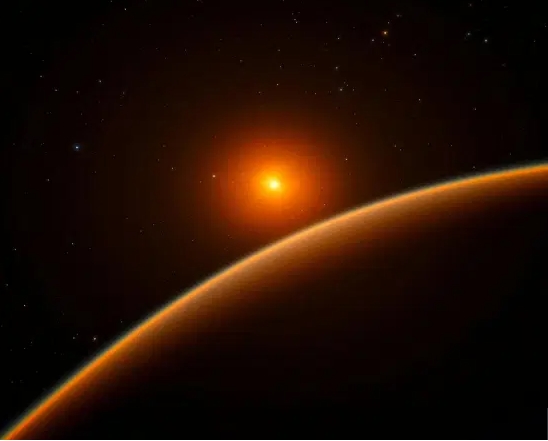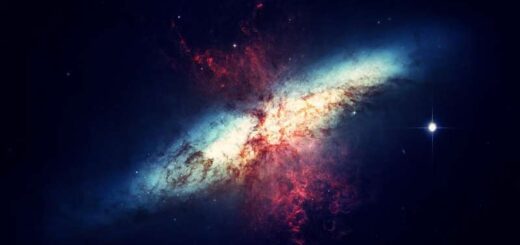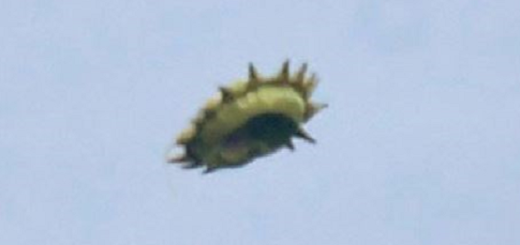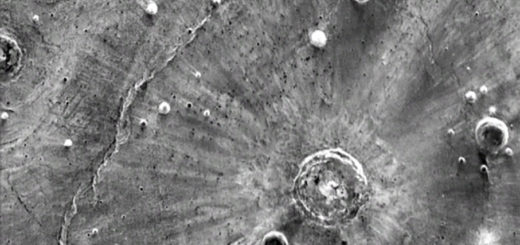Newly discovered ‘second Earth’ LHS 1140b could be home to alien lifeforms

A NEWLY discovered exoplanet is our best bet in the search for alien life, scientists believe.
Dwarf planet LHS 1140b is larger than Earth, is orbiting a star 40 light years away from us and has an atmosphere which could make it habitable.
It’s nestled in in the constellation of Cetus and perpetually loops around its star LHS 1140.
It’s far enough away from the hot star to foster life, but not far enough to be too cold.
But scientists, who spotted the exoplanet using the European Southern Observatory’s telescope, believe it it only receives about half as much sunlight from its star as Earth, however.
This discovery could be even more important than recent finds Proxima b and the solar system Trappist-1.
Doctor Jason Dittmann, of the Harvard-Smithsonian Centre for Astrophysics in the US, said: “This is the most exciting exoplanet I’ve seen in the past decade.
“We could hardly hope for a better target to perform one of the biggest quests in science – searching for evidence of life beyond Earth.”
Research team member Dr Nicola Astudillo-Defru, of Geneva Observatory in Switzerland, said: “The present conditions of the red dwarf are particularly favourable – LHS 1140 spins more slowly and emits less high-energy radiation than other similar low-mass stars.”
For life as we know it to exist, scientists say a planet must have liquid surface water and retain an atmosphere.
When red dwarf stars are young, they are known to emit radiation that can be damaging for the atmospheres of the planets that orbit them.
In this case, researchers say the planet’s large size means that a magma ocean could have existed on its surface for millions of years.
The seething ocean of lava could feed steam into the atmosphere long after the star has calmed to its current, steady glow, replenishing the planet with water.
Once technology advances we should be able to make detailed observations of the atmospheres on planets just like LHS 150b



 Creators of mankind
Creators of mankind Description of “Tall white aliens”
Description of “Tall white aliens” Where they came from?
Where they came from? About hostile civilizations
About hostile civilizations The war for the Earth
The war for the Earth “Tall white aliens” about eternal life
“Tall white aliens” about eternal life Video: “Nordic aliens”
Video: “Nordic aliens” Aliens
Aliens Alien encounters
Alien encounters The aliens base
The aliens base UFO
UFO Technology UFO
Technology UFO Underground civilization
Underground civilization Ancient alien artifacts
Ancient alien artifacts Military and UFO
Military and UFO Mysteries and hypotheses
Mysteries and hypotheses Scientific facts
Scientific facts


















